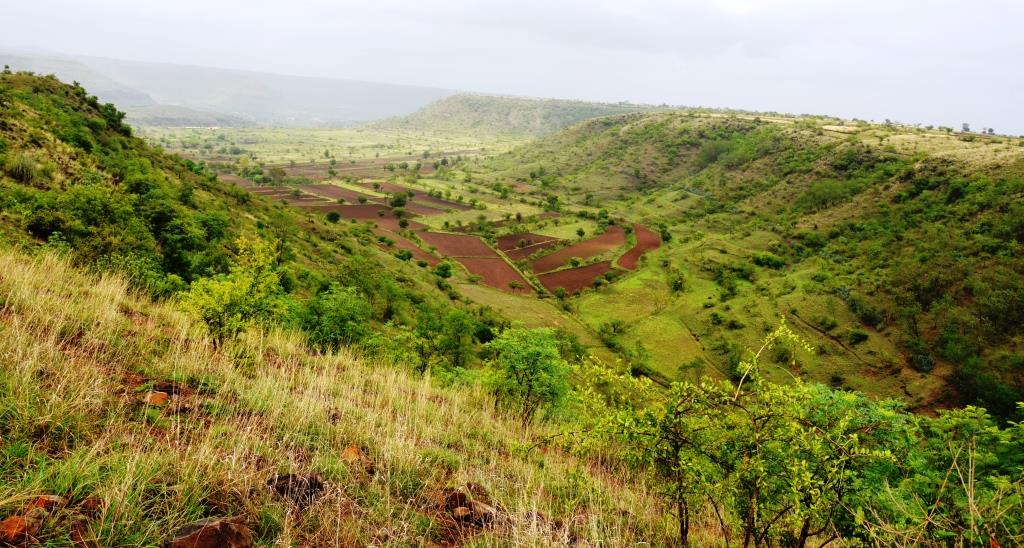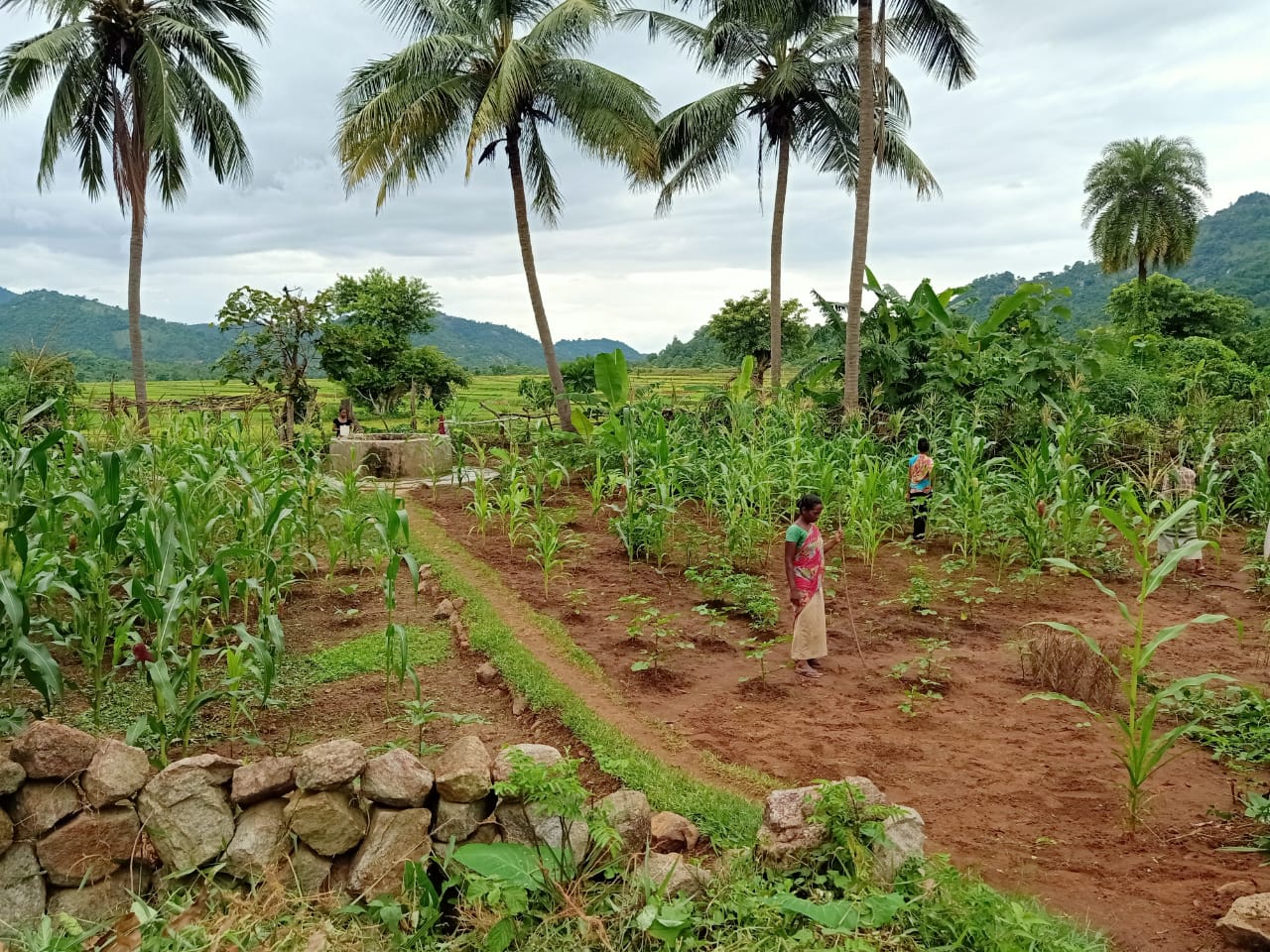Written with contribution from Anowyesha Dash
Well-functioning ecosystems form the bedrock of planetary health and human survival. With increased degradation of habitats and waning ecosystem functions, the threat of ecosystem collapse is more real than ever. Research shows a fifth of countries are at risk of their ecosystems collapsing. This has grave socio-economic impacts as ecosystem services become scarce, and ecosystems, potentially, locally extinct.
Ecosystem restoration and its benefits
Given this predicament, there has been an increasing focus on ecosystem restoration, which refers to the “process of reversing the degradation of ecosystems, to regain their ecological functionality; in other words, to improve the productivity and capacity of ecosystems to meet the needs of society.” This process of reversal extends support to the recreation and reconditioning of degraded landscapes, with an objective to conserve, restore, and manage their functionality. Ecosystem restoration has multiple favourable outcomes, including biodiversity protection, climate change mitigation and adaptation, and preservation of essential and irreplaceable ecosystem services. It is the approach that can address the defining crises of our time.
The UN Decade of Ecosystem Restoration, from 2021 to 2030, along with the Land Degradation Neutrality programme of the UN Convention to Combat Desertification (UNCCD), are products of this realisation. Established to encourage and organise restorative efforts in the right direction, these initiatives and their objectives, if achieved, would not only contribute to climate resilience but also have other tangible benefits. Research shows that achieving the objectives of the Land Degradation initiative alone would add $140 trillion to the global economy, as ecosystem restoration would benefit every industry sector. Further, for every dollar of investment, restoration creates up to 30 dollars in economic benefits. This makes restoration a high-yielding investment, even in cases where projects were analysed for an incomplete range of benefits.

Shortfalls and how to address them
Years of business-as-usual have left ecosystems impaired, creating a series of ecological disasters. Studies reveal that the extent of the human footprint is so much that natural ecosystems without human influence have virtually ceased to exist. Against this backdrop, choosing to interact with nature in a way that reduces human impact and improves ecosystem health, needs to be viewed as more of a responsibility than an arduous task. This is also because, apart from the environment, ecosystem restoration has significant implications for society at large as restorative efforts have the potential to climate-proof vulnerable populations. However, much remains to be done to mainstream restoration practices. For one, the high rates of return do little to countervail the large up-front costs involved. Further, the benefits incurred may not always have an underlying commercial value, which dampens interest from investors. In addition to this, the knowledge deficits along with the long-term nature of such projects have also been responsible for stunted investments in this space.
Prudential anthropocentrism and ecosystem restoration
The human domination of nature continues to influence the environment, often in a negative way. Anthropocentrism, or a human-centred worldview, has been identified as the fundamental reason for the multiple crises that exist today. However, some scientists have advocated for the use of anthropocentrism to address present-day challenges, such as poverty alleviation. While this can be a reasonable approach, given the implicit environmental angle in economic decision-making, much more needs to be done to truly redress the balance and repair the human-nature relationship.
Prudential anthropocentrism takes this into account when it assuages the domineering position humans have enjoyed over the years. With the intent to maximise human benefits, it brings an environmental dimension to decision-making for human welfare, which in turn can be a strong motivation to restore degraded ecosystems, even if it’s the secondary objective. For example, linking ecosystem services to market-based instruments, such as Payment for Ecosystem Services (PES) can be leveraged for ecosystem restoration in many landscapes. Admittedly, the mechanism commodifies ecosystem services and is rife with challenges, however, with the right design, it can be an effective tool to improve ecosystems and their management. In fact, PES may even lead humans to realise their dependency on, and the value of nature. Other policy instruments, such as taxes and incentives can also be leveraged to instill this awareness. In essence, overhauling anthropocentrism could be the motivation to ramp up efforts for restoration.
Restoration – A shared responsibility and the way ahead
Addressing nature loss as a shared responsibility where every effort is an effort to restore a balanced relationship with natural environments needs to be the way forward. Empowering communities to restore natural ecosystems would be an important step to scale efforts. This needs to be done by instituting an enabling policy environment and making interventions socially feasible for long-term community participation while building social and natural capital. For example, supporting farmers in their natural regeneration methods has the potential to reap significant and resilient benefits for the people in underserved regions.

Mobilising public and private investments in ecosystem restoration is also essential as they have translated into substantial use and non-use values. For example, investments for restoration projects in urban landscapes provide insurance value in the form of green infrastructure that enables cost-saving through better water management, energy efficiency, and more. In addition to this, restoration fosters non-use values such as social cohesion, trust, cognitive development, and a sense of identity, which are becoming growingly essential to overcome long-term global risks.
Lastly, it is important to realise the role of human choice and intent to engage fully in restoration projects. For instance, the land restoration in the Wan-Kuswade village in the Sahyadris is a model worthy of emulation. Through assisted natural regeneration, the project has scaled two levels of ecological succession in privately-owned land over a period of 15 years. While the climax stage is yet to be reached, efforts are certainly headed in the right direction. Such conscious choices to restore degraded lands in biodiversity hotspot regions reflect the intent to treat the environment better. Extending support to such initiatives through incentives and a favourable environment for execution would certainly help in their replication and scale, however, a more apposite step forward would be to inspire a mutually beneficial relationship with nature. At the same time, in order for this relationship to work, recovery and restoration need to allow ecosystems in pathways not controlled by humans. Humans assuming the role of co-creators would not only remove the ‘dominator logic’, but also negotiate the achievement of ecological as well as economic benefits for a secure future.
Also read:
How ECOBARI will upscale Ecosystem Restoration through Collective Action





